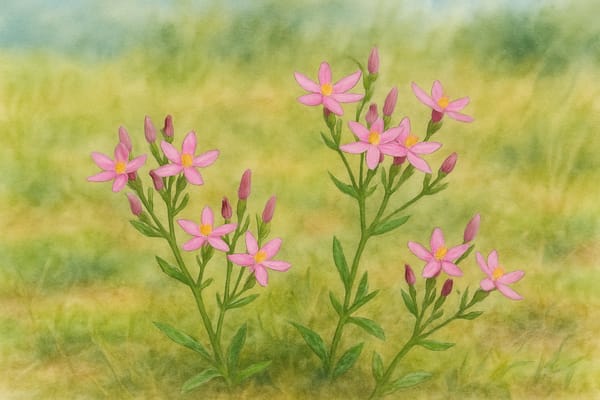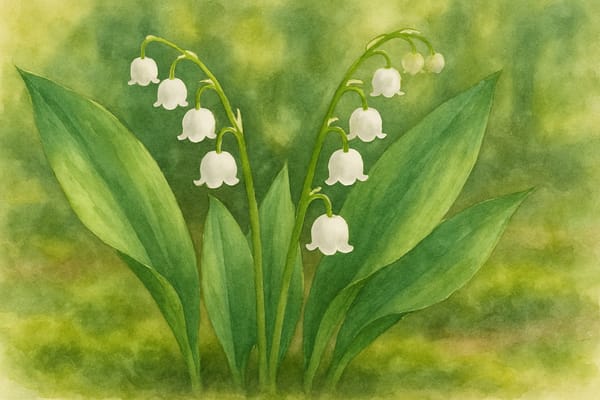The Uplifting Thistle of Folk Medicine and Wild Meadows
Historical and Cultural Significance
With its soft purple blooms and folklore-steeped name, Melancholy Thistle holds a unique place in British and Cornish tradition—known both as a healing herb and a symbol of resilience.
A Remedy for Melancholy
For centuries, this thistle was believed to lift the spirits and ward off sadness. Nicholas Culpeper, the famous 17th-century herbalist, claimed it "makes a man as merry as a cricket." Its leaves and flowers were brewed into teas or potions used in folk medicine to ease melancholy—a term once used for depression.
Symbol of Mourning and Protection
The plant’s purple-blue flowers and tough, prickly leaves gave rise to its association with sorrow and mourning in European folklore. At the same time, it was seen as a protective plant, believed to shield against evil spirits and negative energy—a tradition shared across the British Isles.
Emblem of Resilience
Like other thistles, it came to symbolize endurance, strength, and defiance, flourishing where few plants can survive. Though not the national emblem like the Scottish thistle, it is part of the shared cultural tapestry where thistles represent both beauty and hardiness.
Wildlife and Landscape Value
A cherished feature of hay meadows, stream banks, and woodland edges, Melancholy Thistle supports pollinators like bees and butterflies, and its seeds feed birds such as goldfinches and linnets. Its presence signals healthy, traditionally managed landscapes—now rare in Cornwall and across the UK.
Cornish Context:
Known locally by names such as “dazzel”, Melancholy Thistle is part of Cornwall’s wild flora, tying into the region’s rich heritage of medicinal plants and rural folklore.
Growing Melancholy Thistle in Coastal Gardens
Hardy, wildlife-friendly, and steeped in history, Melancholy Thistle thrives in sunny, well-drained spots and rewards with ornamental blooms and pollinator value.
| Requirement | Details |
|---|
| Light | Full sun to partial shade |
| Soil | Moist, well-drained, slightly acidic to neutral; sandy or clay soils |
| Water | Regular watering until established; drought-tolerant when mature |
| Salt Tolerance | Moderate; suited to coastal gardens |
| Hardiness | Fully hardy in the UK |
Care and Cultivation Tips
- Site Selection:
Plant in open, sunny borders, meadows, or along stream banks with moist, well-drained soil. - Sowing and Propagation:
Sow seeds in late summer or autumn; division of mature plants in spring or autumn works well too. - Watering:
Water young plants regularly. Mature plants tolerate occasional dry spells but prefer consistent moisture. - Feeding:
Incorporate compost for soil health but avoid overfeeding—nutrient-poor soils suit this plant best. - Maintenance:
Deadhead to prolong flowering and control self-seeding. Cut back in autumn or early spring. - Pests and Diseases:
Generally pest-resistant but watch for mildew in humid coastal conditions—ensure good airflow.
Coastal Garden Notes
- Wildlife Support:
Provides nectar for pollinators and seeds for birds—ideal for wildlife gardens. - Erosion Control:
Clump-forming roots help stabilize banks and slopes in coastal sites. - Low Maintenance:
Thrives in exposed areas with minimal care once established.
Summary
Melancholy Thistle is a gentle giant of the wild garden—historically used to lift the spirits and steeped in folklore about healing and protection. In coastal gardens, it brings beauty, resilience, and biodiversity, connecting gardeners to Britain’s herbal heritage and living landscape.











